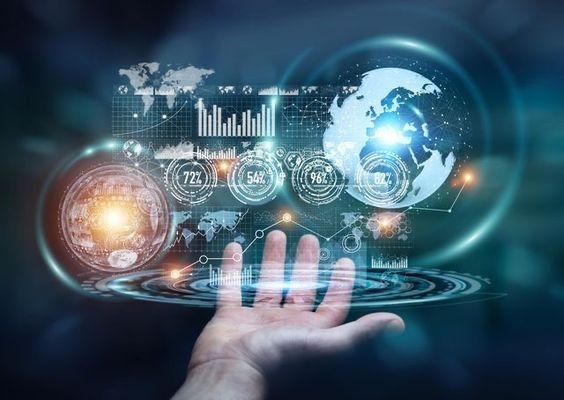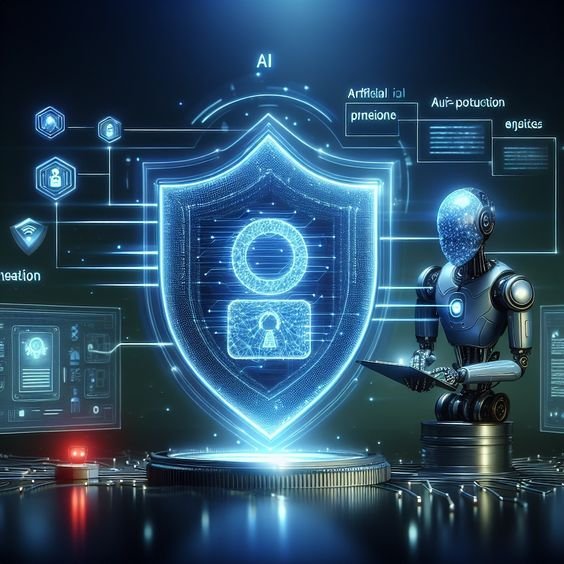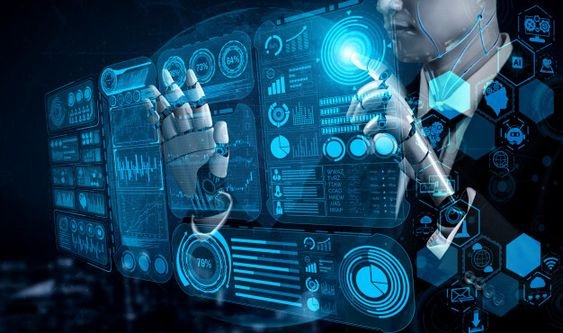
As technology continues to evolve at a rapid pace, the field of cybersecurity must adapt to address emerging threats and challenges. With the increasing reliance on digital infrastructure, the stakes for cybersecurity have never been higher. In this article, we will explore key trends and predictions for the future of cybersecurity, highlighting the innovations and strategies that will shape the digital landscape.
1. Increased Use of Artificial Intelligence (AI) and Machine Learning (ML)
Artificial Intelligence (AI) and Machine Learning (ML) are poised to play a transformative role in cybersecurity. These technologies can analyze vast amounts of data quickly, identify patterns, and detect anomalies that may indicate security threats. Here are some key areas where AI and ML will impact cybersecurity:
– Threat Detection and Response: AI-driven systems can detect and respond to threats in real-time, often faster than human analysts. They can identify unusual behavior patterns, such as deviations from normal user activity, and flag potential security incidents.
– Automated Security Processes: AI and ML can automate routine security tasks, such as vulnerability scanning, patch management, and log analysis. This automation can free up security professionals to focus on more complex issues.
– Advanced Malware Detection: AI and ML algorithms can analyze code and behavior to identify previously unknown malware, including zero-day exploits. These systems can learn from new data, continuously improving their detection capabilities.
2. Expansion of the Internet of Things (IoT)
The proliferation of Internet of Things (IoT) devices presents both opportunities and challenges for cybersecurity. As more devices become connected, the attack surface for cybercriminals expands. Key considerations for IoT security include:
– Device Security: Ensuring that IoT devices have robust security measures, such as encryption, secure boot processes, and regular updates, is crucial. Many IoT devices have limited computing power, making traditional security measures challenging to implement.
– Network Security: As IoT devices often communicate over networks, securing these networks becomes critical. Network segmentation, intrusion detection systems, and secure communication protocols are essential components of IoT security.
– Privacy Concerns: IoT devices collect vast amounts of data, including personal information. Ensuring that this data is collected, stored, and processed securely is vital to protect user privacy.
3. Rise of Zero Trust Architecture
The Zero Trust security model is gaining traction as a means to protect against increasingly sophisticated cyber threats. Unlike traditional security models that rely on perimeter defenses, Zero Trust assumes that threats can come from both outside and inside the network. Key principles of Zero Trust include:
– Least Privilege Access: Users and devices are granted the minimum level of access necessary to perform their functions. This approach minimizes the potential damage from compromised accounts.
– Continuous Verification: Access to resources is continuously verified, rather than granted based on a one-time authentication. This includes monitoring user behavior, device health, and other factors.
– Micro-Segmentation: The network is divided into smaller segments, each with its own security controls. This limits the ability of attackers to move laterally within the network if they gain access.
4. Increased Focus on Data Privacy and Protection
Data privacy and protection will continue to be a significant concern in cybersecurity. As more data breaches and privacy scandals come to light, both consumers and regulators are demanding greater accountability from organizations. Key trends in this area include:
– Regulatory Compliance: Governments around the world are enacting stricter data protection laws, such as the General Data Protection Regulation (GDPR) in the EU and the California Consumer Privacy Act (CCPA) in the US. Organizations must comply with these regulations to avoid penalties.
– Data Encryption: Encryption will become increasingly important for protecting sensitive data, both at rest and in transit. Organizations will need to implement strong encryption standards and manage encryption keys securely.
– Data Minimization: Collecting and retaining only the data necessary for specific purposes will become a best practice. This approach reduces the risk of data breaches and simplifies compliance with data protection regulations.
5. Evolution of Cyber Threats
As cybersecurity defenses evolve, so do the tactics and techniques used by cybercriminals. Some emerging threats include:
– Ransomware: Ransomware attacks, where attackers encrypt an organization’s data and demand a ransom for its release, are becoming more targeted and sophisticated. Attackers may also threaten to release sensitive data publicly if the ransom is not paid.
– Supply Chain Attacks: Cybercriminals are increasingly targeting the supply chains of organizations, exploiting vulnerabilities in third-party software or hardware. These attacks can be challenging to detect and mitigate.
– Deepfakes and Synthetic Media: The use of deepfake technology to create realistic but fake videos, audio, and images poses a new threat. This technology can be used for disinformation, fraud, and social engineering attacks.
6. Cybersecurity Workforce Development
The demand for skilled cybersecurity professionals continues to outpace supply. As the cybersecurity landscape becomes more complex, organizations will need to invest in workforce development to build a robust security team. Key considerations include:
– Training and Certification: Continuous training and certification programs will be essential for keeping cybersecurity professionals up-to-date with the latest threats and technologies.
– Diversity and Inclusion: Encouraging diversity in the cybersecurity workforce can bring new perspectives and ideas, enhancing problem-solving and innovation.
– Collaboration and Information Sharing: Building partnerships and sharing threat intelligence with other organizations, industry groups, and government agencies can help improve overall cybersecurity resilience.
7. Cloud Security
As more organizations move their data and applications to the cloud, cloud security will remain a top priority. Key trends in cloud security include:
– Shared Responsibility Model: Cloud service providers and customers share the responsibility for securing cloud environments. Understanding the boundaries of this responsibility is critical for effective security management.
– Secure Configuration and Monitoring: Ensuring that cloud environments are configured securely and continuously monitored for suspicious activity is essential. Misconfigurations can lead to data breaches and other security incidents.
– Identity and Access Management (IAM): Managing user identities and access to cloud resources will be crucial. This includes implementing strong authentication methods, such as multi-factor authentication (MFA), and managing user permissions.
Conclusion
The future of cybersecurity is shaped by a dynamic interplay of emerging technologies, evolving threats, and increasing regulatory demands. As organizations navigate this complex landscape, they must adopt a proactive and comprehensive approach to cybersecurity. This includes leveraging advanced technologies like AI and ML, embracing new security models like Zero Trust, and prioritizing data privacy and protection.
Additionally, investing in workforce development and fostering collaboration will be essential for building a resilient cybersecurity posture. As cyber threats continue to evolve, staying informed and adaptable will be key to safeguarding digital assets and ensuring a secure future.
ALSO READ: Cybersecurity Frameworks and Standards: A Comprehensive Guide









